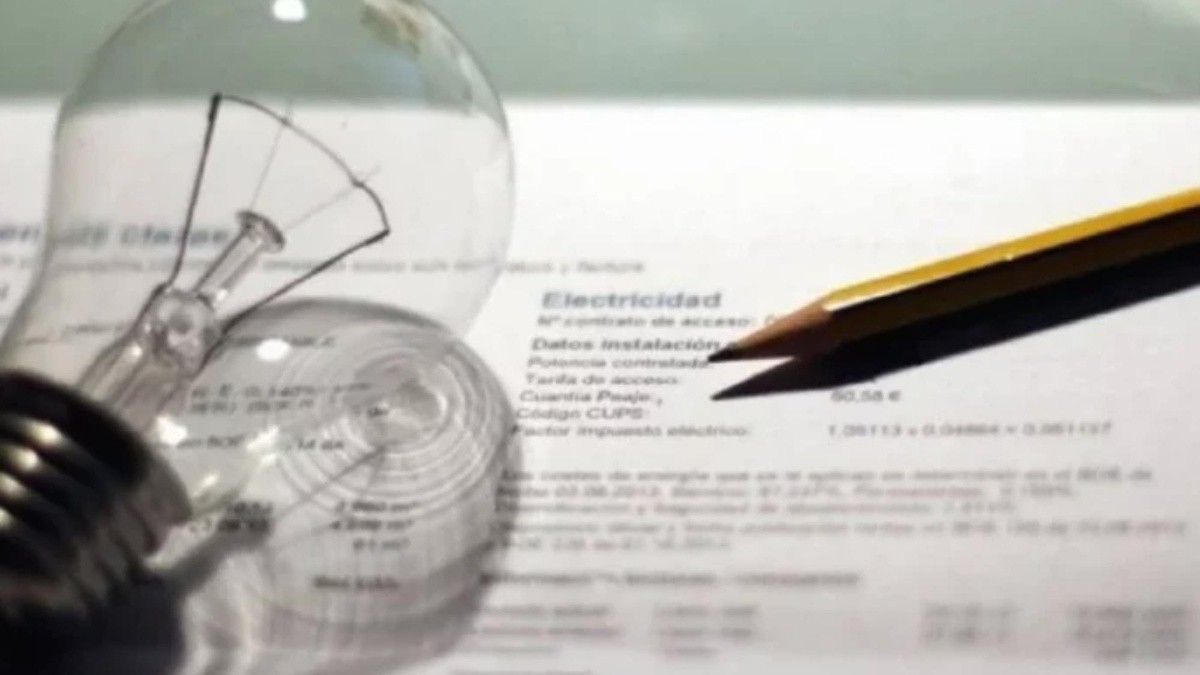The distributors Edenor and Edesur They are required to present a plan called “Contingency Care Program”to reduce or manage any power outages that may occur during the summer. They will have until Wednesday of next week to send the proposal to the Secretary of Energy.
The Government is setting the stage for a summer that looks difficult. That is why on October 1 it published Resolution 294/2024, which establishes the details of the “Contingency and Forecast Plan for critical months of the 2024/2026 period”.
The foundations of a contingency plan, according to current management, are not only based on a summer that will be hotter, but also on the reduction of the availability of the Yacyretá Hydroelectric Power Plantthe need for the Atucha I Nuclear Power Plant enters the 30-month review period, lower imports from Brazil due to its hydrological situation and lack of investments during previous administrations.
For this reason, the Ministry of Energy, commanded by Eduardo Rodríguez Chirilloresolved a series of measures aimed at the generation and transportation sector. Some points have to do with maximize imports of energy and power, remunerate in addition to the thermal power plantsand a mechanism demand management of Large Senior Users (GUMAS), voluntary, scheduled and paid that allows for a priced load reduction offer.
At the same time, the agency asked the distribution companies under federal jurisdiction, Edenor and Edesurwho did their thing under a Contingency Care Program. This is a plan that must be presented, at most, on Wednesday October 16although the distributors assure that they will have it by Thursday the 17th. “We are working on the fine print“, they clarify from both companies.
Edesur Boleta Luz.jpg
Summer: what requirements does the Government ask of distributors?
What the Ministry of Energy is asking for are basic conditions to guarantee the minimum operation of the service in a context where high temperatures are estimated.
The list is long, but essential. First of all, they require preventive maintenance actions to avoid major failures. Also ensure that the Existing infrastructure operates at maximum capacityincluding enlistment Mobile Generation Units (UGEM), own or contracted and “humans to face contingencies.”
The enumeration continues with a continuously operating call center with “appropriate and sufficient personnel” to respond to queries or complaints, as well as a “proactive” care scheme towards users by public service providers, “with sufficient information” regarding the conditions of the service. Additionally, the report must contain the ex-post sanctions regime for non-compliance of the actions provided for in the terms of the current Concession Contracts.
On September 24, Chirillo clarified the statements of the Chief of Staff, Guillermo Francos, about the possibility of scheduled power outages. In radio statements, he highlighted that the official was referring to carrying out “agreements with industries” – regarding the scenario mentioned above – but that “at no time are we talking about residential users”.
However, when a sector source was consulted about the extent of the problem to homes, he limited himself to recalling a set of factors such as “high temperatures, demand above last year and generation problems” that implied that Summer will also be difficult for families. In any case, he also clarifies that “every year“Contingency plans are being prepared for the summer season.
The view of the energy sector on the official Resolution
The resolution published by the Ministry of Energy received comments from several professionals. On the one hand, Cecilia Garibottiformer Undersecretary of Energy Planning, published on her X account that the measure “makes you pay more for energy for machines that are old and were going to be replaced. Three months ago they stopped the modernization measures. The problem is not the summer or your air conditioning.”
The same point is made by the energy specialist from the IIEP-UBA institute, Julian Rojo: “In the summer the costs increase, but this time because more will be paid to old and expensive thermal power plants. The Government has not yet explained who is going to pay the extra cost of the Contingency Plan.”
In that sense, he adds that the extra cost can be dealt with in two ways: increasing subsidies to cover it and maintain constant rates, or increasing rates to sustain constant subsidies. So far, there is no response from the energy portfolio.
Source: Ambito




